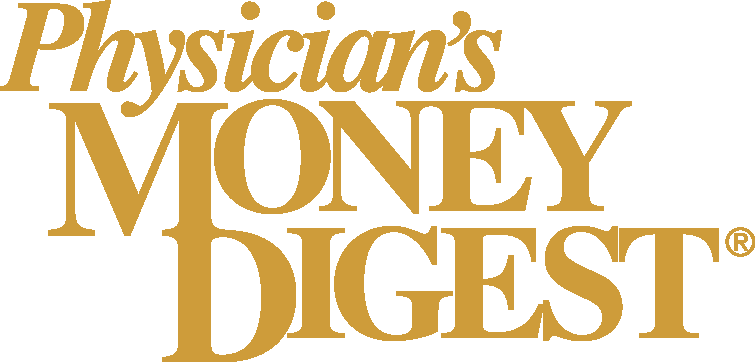
Keep America the most favored nation
Key Takeaways
- The U.S. leads in drug innovation, benefiting patients and the economy, but faces criticism for high costs.
- "Most-Favored-Nation" pricing could hinder innovation by adopting foreign price controls, limiting access to new treatments.
If we want to remain the global leader in innovation, we need to keep a strong pricing system at home and use trade deals to push our allies to pay their fair share for the medical advances they rely on.
America has long been the world's "most favored nation" when it comes to drug development, innovation, and access to lifesaving medicines. Our patients are typically the first to benefit from new treatments. Our biopharmaceutical sector supports hundreds of thousands of jobs and fuels local economies nationwide. And the medical breakthroughs made here often ripple across the globe, improving lives far beyond our borders.
Still, some argue the system is unfair—that Americans are footing a disproportionate share of the global bill for innovation. That growing frustration is fueling proposals that could do much more harm than good.
The White House's recent executive order proposing "Most-Favored-Nation" drug pricing aims to
If we want to remain the global leader in innovation, we need to set the pace—not follow others. That means keeping a strong pricing system at home and using trade deals to push our allies to pay their fair share for the medical advances they rely on.
As Peter Kolchinsky and Richard Xie recently explained in Rapport, current policy is like being in a canoe drifting toward a waterfall—representing disease and aging. The United States has been paddling hard upstream while investing in innovation to slow the current. Meanwhile, other countries are coasting, enjoying the ride. If we adopt MFN and start paddling less, just because others aren't pulling their weight, the whole canoe goes over. The answer isn't for the United States to slow down—it's to get our allies to row harder.
I've seen the stakes of this debate firsthand. In my own field of multiple myeloma, the impact of sustained innovation has been nothing short of transformative. When I began treating
Rather than importing foreign pricing policies, we should focus on fixing inefficiencies and misaligned incentives within our own system. As a physician, I welcome the Inflation Reduction Act's new limits on what seniors pay at the pharmacy counter—a meaningful step toward affordability. But we should consider going further, especially for specialty medicines. No patient takes these treatments unless their doctor deems them necessary. For Medicare beneficiaries living on fixed incomes, even modest copays can be a serious burden. Easing—or even fully eliminating—that burden should be a shared priority.
We also need to reform pharmacy benefit managers—the little-known but highly influential middlemen who negotiate prices and administer drug coverage on behalf of insurers.
PBMs, insurers, and other entities collected approximately $170 billion in manufacturer rebates and fees on brand-name drugs last year. That translates to roughly 42 cents of every dollar spent on brand-name medicines going to PBMs, not the drugs themselves.
For many medicines, just the fees and rebates extracted by PBMs are greater than the total price of that same medicine in other countries. One recent analysis found that for a 30-day supply of Ozempic, PBMs pocket an estimated $419—over five times more than what patients pay in Germany, France, or Japan.
This isn't a scientific problem—it's a structural one. And we can fix it.
Reforming PBMs should not be a partisan idea. It's a common-sense step that can redirect billions of dollars in hidden savings back to the patients who need it most. This fix would preserve our innovation pipeline while delivering more immediate relief than MFN pricing ever could.
There is a real opportunity here. Policymakers from both parties want to lower costs. Manufacturers are ready to engage. Patients are rightly demanding better. If we stay focused on fixing what's broken, without undermining what works, we can turn this moment into a win for everyone.
Let's make sure U.S. drug pricing reform starts by solving our domestic challenges. The world looks to America for innovation. Let's lead with solutions that work.
Rafael Fonseca, MD, a practicing hematologist in Phoenix, has served as consultant to pharmaceutical companies.
Newsletter
Stay informed and empowered with Medical Economics enewsletter, delivering expert insights, financial strategies, practice management tips and technology trends — tailored for today’s physicians.















